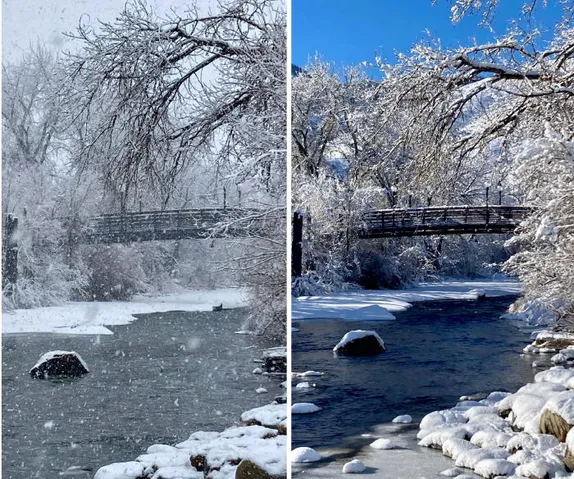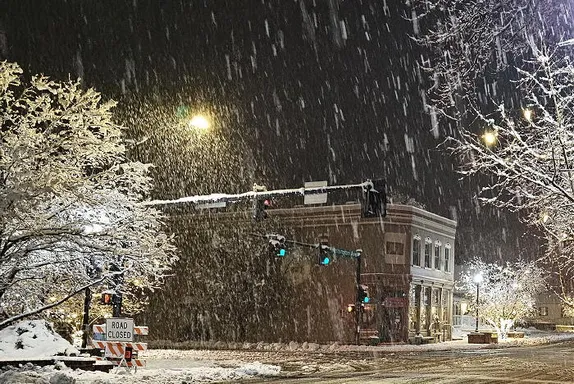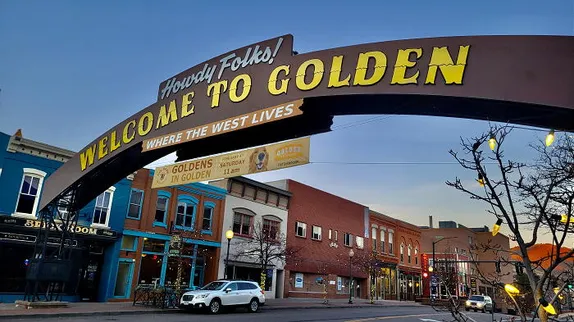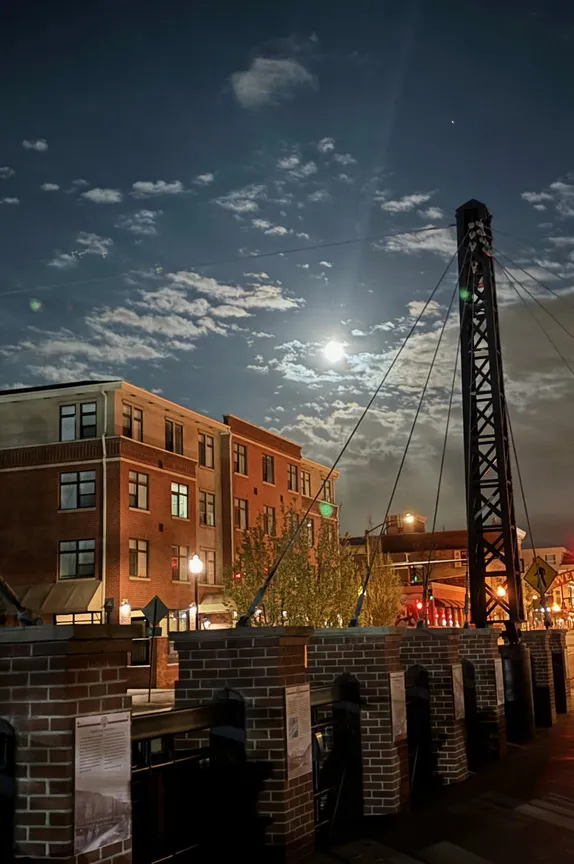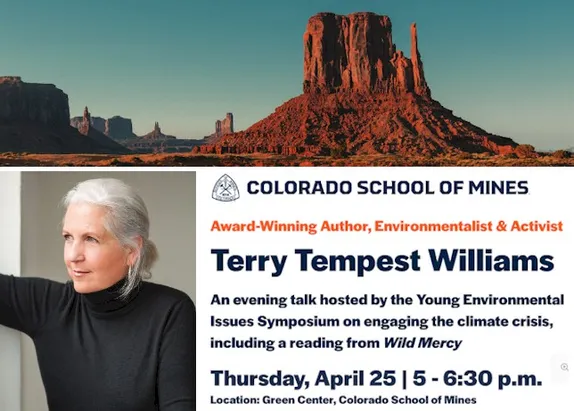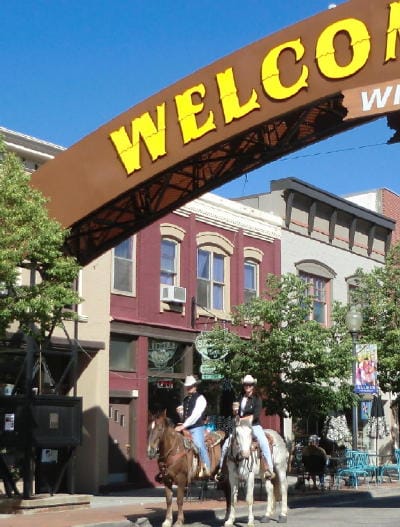
Coronavirus Update
Public Health References
CDC * Colorado * Jefferson County * City of Golden
Jefferson County’s case count page says that as of 3PM yesterday, there have been 2,273 cases in Jefferson County (up from 2,237). There have been 141 deaths (up from 136) and 338 are hospitalized (up from 337). There are 191 known cases in Golden (up from 187).
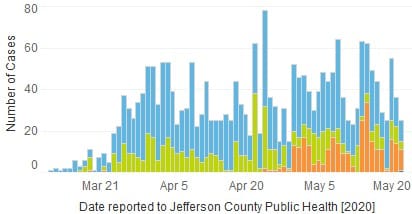
The Safer at Home protocol is now in effect. Check the City’s site to learn more about what that entails. Everyone is still requested to wear a mask that covers the nose and mouth when leaving the house. City and County fire restrictions are in place. Clear Creek is closed to all recreational activities.
Virtual Golden
Recently Posted:
Golden History Museum:
History in the Baking with Nathan Richie: Swedish Cardamom Bread
Foothills Art Center:
Paint with Janet Nunn
Conversation with the Curator |Nicole Banowetz
Rocky Mountain Quilt Museum:
The David Taylor Solo Exhibit | HINDSIGHT 20/20
20 Years Exploring the Art of Appliqué
The Boys are Back in Town!
Celebrating the 15th Biennial Exhibit of Quilts Made by Men
Today’s Events:
6:30-7:25AM Virtual HIIT
9-10AM Virtual Power Training
5:30PM #LiveFromTheRose: Tim Sukits (alternative & classic rock)
8AM-3PM Tree Limbs, Mulch, and Compost
Today and tomorrow (Sat) are the final days to drop off your tree limbs at the City drop-off spot (map). While you’re there, you can pick up 3 bags of free compost and an unlimited amount of mulch. Please bring your own shovels and carrying devices for the mulch.
Golden Business News
The Buffalo Rose has cancelled all concerts through August 31st, due to uncertainly about COVID-19 restrictions. Why not order take out from the Rose tonight? They have great burgers (and other things)!
Golden History Moment
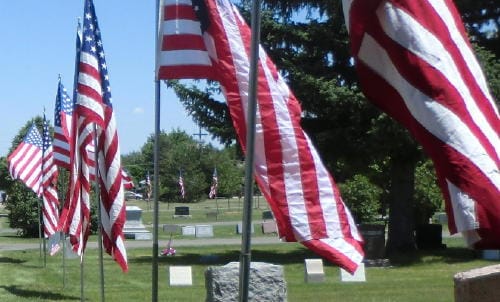
Since this will be Memorial Day weekend, I thought I’d write about the Golden Cemetery. The Golden Cemetery was created when the City purchased 27 acres for that purpose on May 27, 1873, for $425. It was a lovely spot, on a rise above town, with views in every direction. At that time of year, the mountains and valley would all have been green.
Within a few years, it became evident that the cemetery required more attention than anyone had planned to give it. At that time, grave sites were considered to be the property of the family that purchased them, and the owners were expected to maintain them. More often than not, this expectation was not met. Some deceased had no descendants; some descendants moved away, and some just didn’t feel called to maintain the graves. As another complication, there was no water available on the site, so there was no way to maintain flowers, bushes, or trees. The cemetery was a a hot, dry, barren, tangle of weeds.
Beginning in 1883, the Colorado Transcript began hectoring and badgering the City and its residents to do something about the cemetery. The paper published major articles at least once a year, saying we should get a water supply to the cemetery. Some years it suggested a ditch from Clear Creek, others it said we should sink a well. One year it suggested catching runoff from the gulches to the west and creating a reservoir.
Public meetings were held every few years to whip up enthusiasm and funding. Money, of course, was the major obstacle. The City operated on a shoestring and had no money for such a major undertaking. Some citizens were willing to subscribe to a fund, but not enough. For a few years, the local undertaker wrote articles every spring, right before Memorial Day, listing actions needed to fix the cemetery.
This cycle of outrage, enthusiasm, and inaction persisted for more than 60 years until finally, in 1935, the cemetery found the champion it needed. Mayor A. E. Jones made it it his personal mission to improve the state of the Golden cemetery. He described its condition as “Deplorable…not only weeds but monuments fallen over, and on some lots that have markers painted, the paint is gone and it is impossible to make out enough of the letters to form an idea as to who lies beneath.”
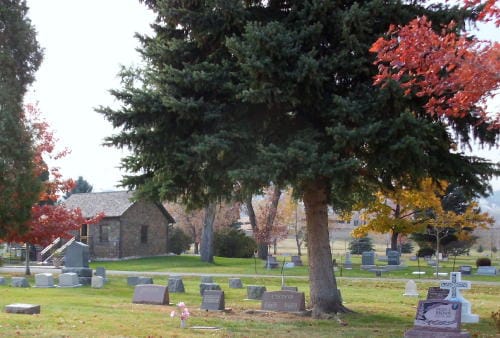
Mayor Jones approached the Federal government to see whether the W.P.A. (Roosevelt-era public works program) could help. He learned that they would provide labor, but not materials, so he set to work scrounging. He told everyone he met about the state of the cemetery and let everyone know that he needed pipe for an irrigation system. Many people donated old pipe. Adolph Coors donated a tank that they no longer used, and several hundred feet of discarded pipe. People donated trees from their yards. A 1937 Transcript article advised that if you’re looking for the Mayor, check the cemetery. You’ll find him there with a shovel or hoe or pipe wrench in his hands.
Mayor Jones also set up the system of perpetual care. For a fee, the City would agree to take care of a grave in perpetuity. They persuaded some residents to finance care for graves of their deceased family members. They asked the State Historical Society to fund care for some of the pioneer-era graves, and occasionally someone would endow a grave. The D.A.R. sponsored Edward Berthoud’s grave in 1939. He had died in 1910, and for many years his grave was unmarked. In 1943 the City began requiring perpetual care fees with all new grave site purchases.
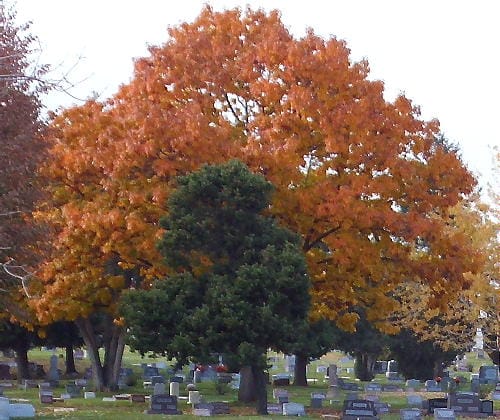
With the small but growing fund for perpetual care, the cemetery slowly improved. In 1951, the City began a multi-year project to upgrade the Depression era cobbled-together irrigation system. They graded the streets and added gravel surface. They lined the streets with evergreens that they brought down from our Beaver Brook reservoir. Graves that had perpetual care were mowed and watered, gravestones straightened, and back-fill provided if they had sunk.
In earlier times, the custom had been to put fences or cement curbing around graves. This caused a maintenance problem for the caretakers, since grass needed to be hand-trimmed around those obstacles. Over time, with permission from owners, they removed the fences and curbs. The City let it be known that if grave owners would furnish the grass seed, the City would plant, water, and mow it.
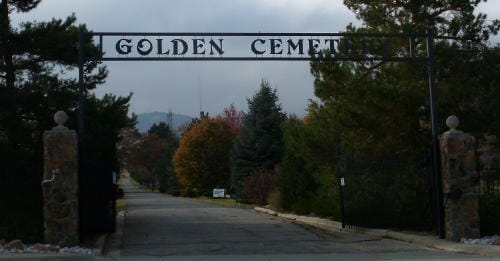
By 1953, the Transcript was able to report that “Many out of town people have purchased plots as a result of the new perpetual care plan.”
The Golden Transcript (originally called the Colorado Transcript) has been publishing since 1866. The Golden History Museum has been working on digitizing the historic issues. You’ll find old Transcripts online at coloradohistoricnewspapers.org.

